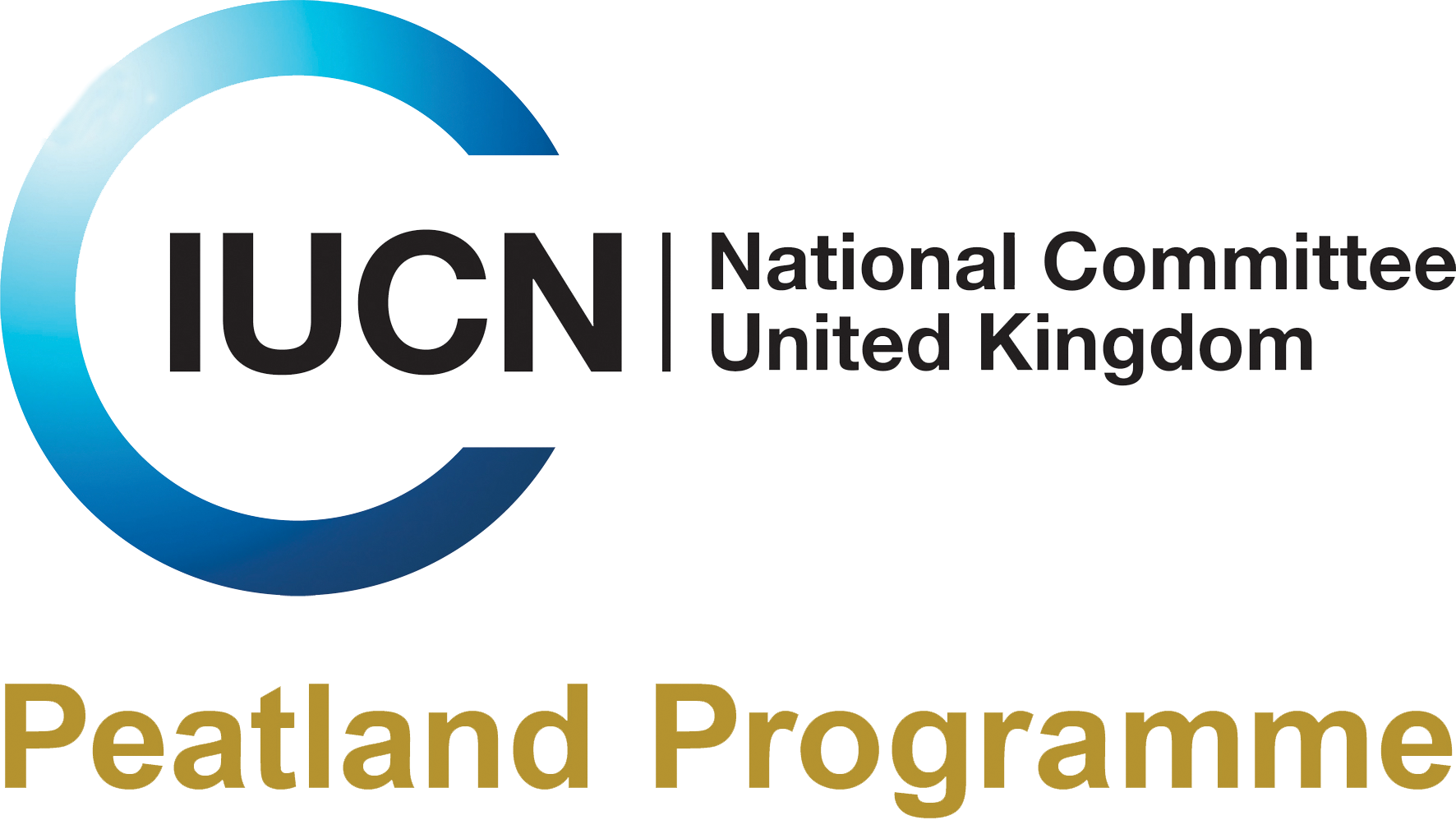The abundance of organic archaeological artefacts and paleoenvironmental evidence found in waterlogged environments exists largely because the lack of oxygen (caused by waterlogging) severely slows deterioration. For peatlands themselves, the negative consequences of losing this waterlogging through drainage and land use change are well documented. But what happens to the unique historic archive when these changes occur?
Increasingly, case studies from across the UK are illustrating just how damaging changes in the environment can be to buried archaeological remains. Most recently, unprecedented levels of organic preservation at the Bronze Age site of Must Farm (East Anglia) were put at risk by the development of a nearby quarry1. Other examples of archaeological monuments at risk through land exploitation include in areas of intensive peat cutting in the Somerset and Humberhead Levels, and intensive land drainage across the East Anglian fens; regions which all hold an impressive array of archaeological monuments and sites2.
One of the most striking examples of land modification affecting archaeology is the Mesolithic site of Star Carr (North Yorkshire). For over 10,000 years, organic artefacts and environmental remains had been exceptionally well-preserved at the site due to their deposition at the edge of a lake which subsequently became blanket peat. Organic artefacts dating from the Mesolithic are rare, but finds from Star Carr include head-dresses made from red deer skulls (below), worked wooden timbers, and bone and antler tools3. In addition, when it was first excavated in the 1940’s, the study of plant remains and pollen allowed the site to be interpreted in the context of its original landscape, providing a huge amount of information about human activity during this time.


